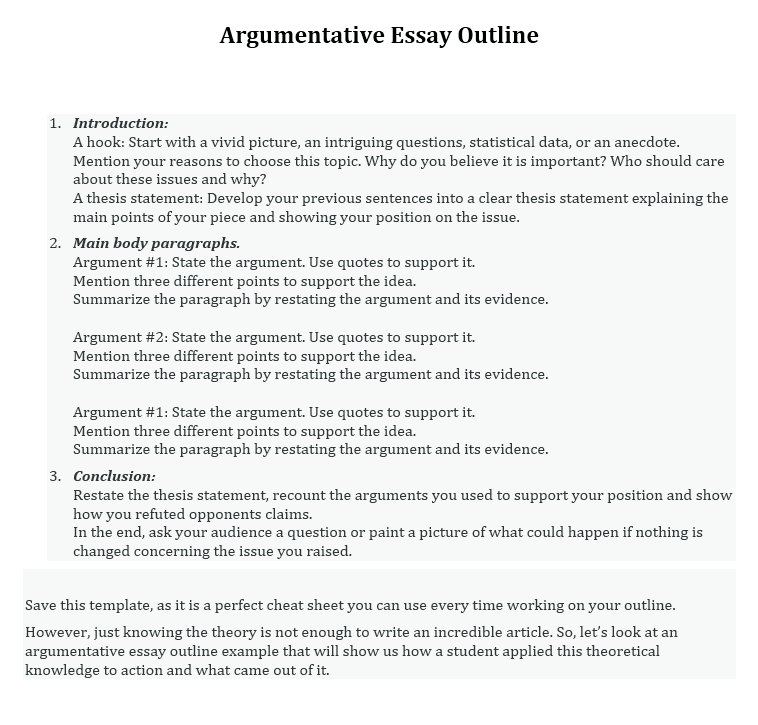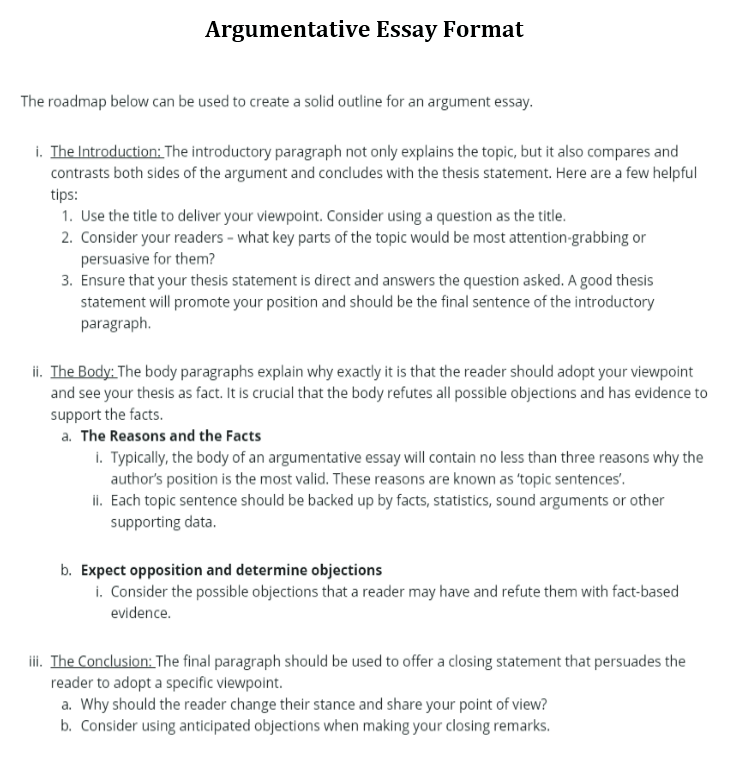An argumentative essay is a written assignment where you, as a writer, need to pick a position and use supporting evidence to convince your readers that your position is the right one. Unlike most other types of essays, an argumentative essay takes a lot of work not just at the writing stage, but also at the research and preparation stage. In other words, preparing to write an argumentative essay will take you nearly as much time and effort as the writing itself.
When we are talking about the research that precedes the writing of an argumentative essay, we are talking about two types of researches. In most cases, you can get away with a simple research of the literature and other relevant sources.
However, if you want to try a more in-depth approach to writing an argumentative essay, you may also need to do some empirical research — whether it’s through interviews, observations, or experiments, it’s an effective way to collect quality data for your essay.
What are the Steps in Writing an Argumentative Essay?
While writing an argumentative essay is a complex process, it can be broken down in seven steps:
- Collect all relevant sources and study them one by one, making notes as you go along. Those notes can later be used in your essay.
- Using the information you’ve gathered from the sources, as well as your own views, formulate several points for your topic. You should write not only points that support your opinion, but also the ones that may contradict it.
- When you have enough arguments supporting and contradicting your point of view, create an outline for your essay. An outline helps you maintain a logical structure of the essay and stay focused on the topic. A typical outline of an argumentative essay contains three arguments supporting your opinion and one or two arguments contradicting them.
- Once you have plenty of information for your essay, begin crafting the first draft of the paper. We recommend starting with the body paragraphs. Follow the outline and cover every argument you’ve listed previously. When covering the opposing arguments, make sure to make them brief and then offer a lengthy rebuttal, so that the readers don’t think you contradict yourself.
- Write the introduction. Even though the introduction is the first part of the essay, it’s best to write it after the body paragraphs. That way you’ll have more insight into your topic. Offer some background information to get the audience acquainted with your topic, and then include a brief outline of the arguments and opposing arguments the readers will discover in your essay.
- Write the conclusion. An argumentative essay conclusion needs to include a brief summary of the points described in the body paragraphs, as well as a statement that highlights the fact that your position is the right one. As an alternative, in your conclusion you can paint a picture of what can happen if the society doesn’t adopt your way of thinking.
- Proofread and edit your work. You should look out both for grammar mistakes and for any logical inconsistencies of your essay, since you don’t want a couple of misspellings or a wrong sentence structure to negatively affect your grade.
What are the 5 parts of an argument?
The core of your argumentative essay is an argument, but it’s impossible to formulate a well-perceived argument without following the classic argument structure. An argument consists of five important parts:
- Claim, which is your solution to the problem of your essay. Your claim is an encouragement for the readers to change their way of thinking. However, the claim will never meet its goal if you don’t support it with the remaining parts of the argument.
- Reason, which is the first layer of support for the claim. Reason is based on logic, experiment, or ethics, and it is closely connected to the next part of the argument — the evidence.
- Evidence is imperative for supporting your claim and making the argument as strong as possible. Evidence consists of facts, data, and other observable elements that you then need to analyze and interpret to turn it into solid grounds for the claim.
- Warrant, which is based solely on the beliefs and values people have about the world. It’s a mistake to believe that all readers share your beliefs — you need to explain exactly what caused you to have this specific opinion in the form of a warrant.
- Acknowledgement and response are an effective way of reacting to the claims of your opponents and rebuffing their arguments before they can convince the audience that their point of view is the correct one.
What is the Format and Structure of an Argumentative Essay?
In order to get your point across, an argumentative essay needs to follow a precise structure. There are three main elements to the format of an argumentative essay:
- The introduction, where you expose the topic to the audience and give them a taste of what they are about to read in your essay.
- The body paragraphs, where you offer your arguments and counterarguments with evidence and other forms of supporting your claim.
- The conclusion, where you sum up everything you have written in the previous paragraphs, restate your point, and encourage the readers to adopt your views as the right ones.
How do you Start an Argumentative Essay?
A winning argumentative essay introduction must contain three elements: a hook for grabbing the attention of the audience, the background information for explaining the topic better, and a thesis statement for introducing your position for the first time.
Argumentative Essay Examples
Whether you are confident in your writing abilities or require some help for the tricky task of writing an argumentative essay, these samples will give you a clear idea about the structure and content of an argumentative essay. Written by top USA academic writers, these essay samples will help you score a perfect grade.




